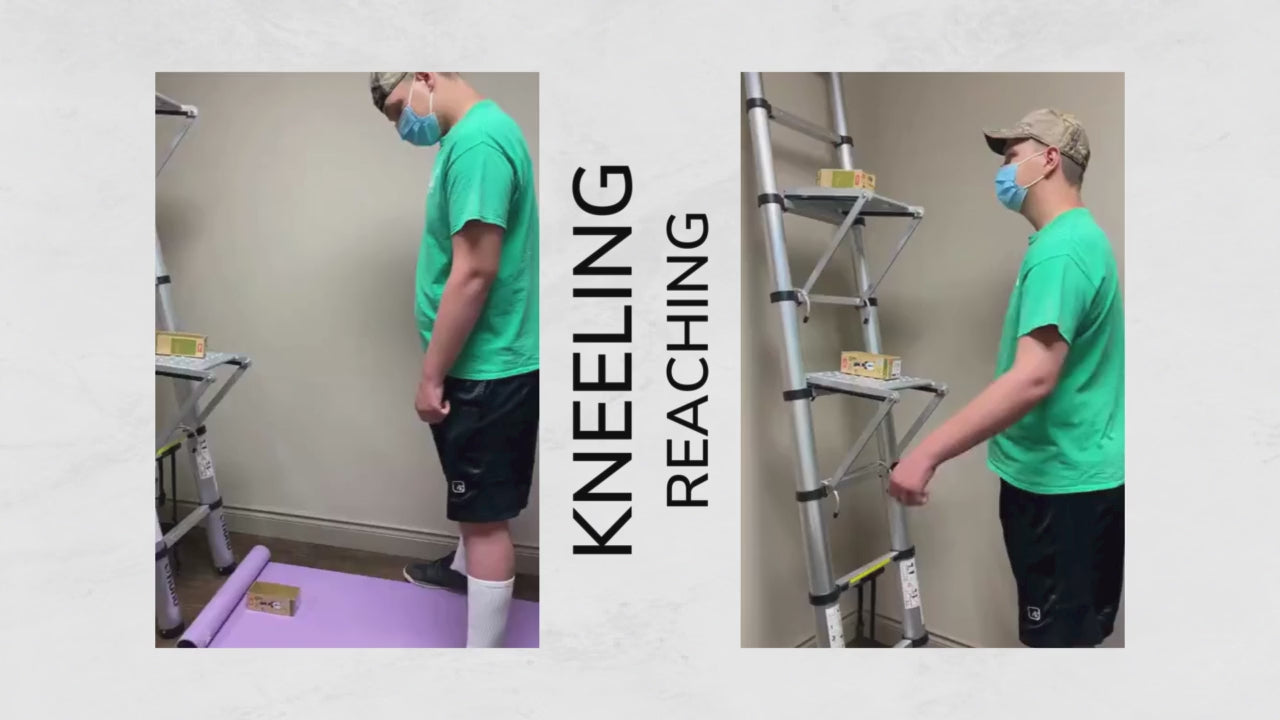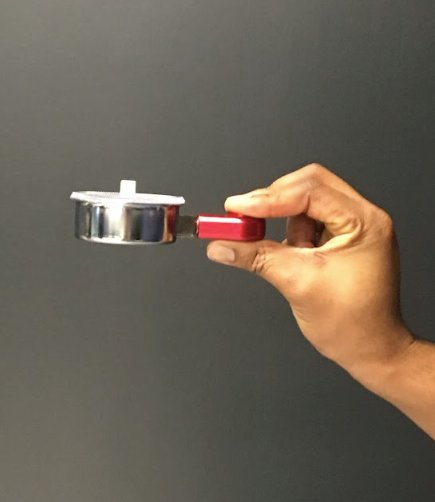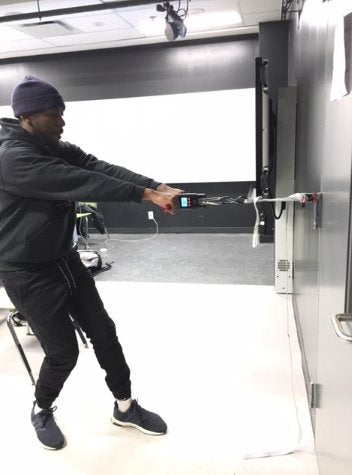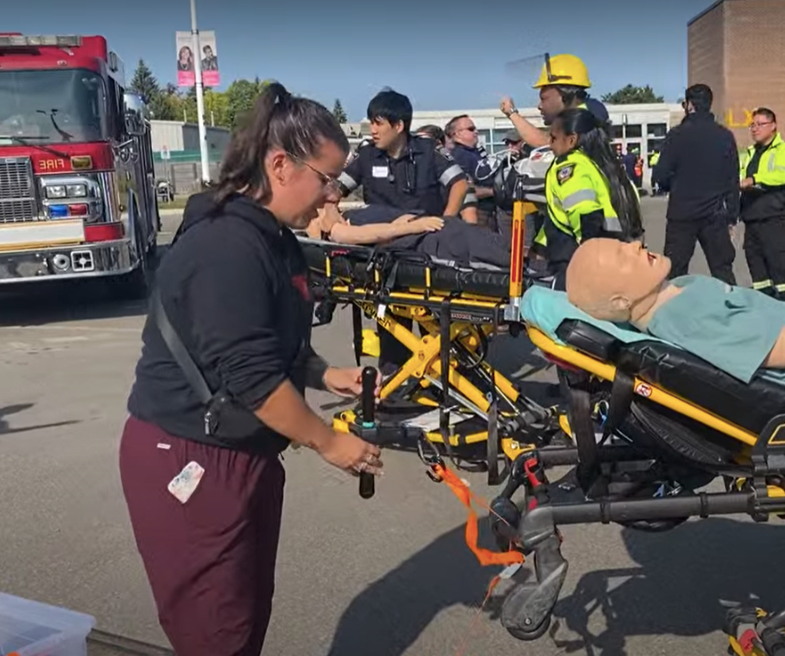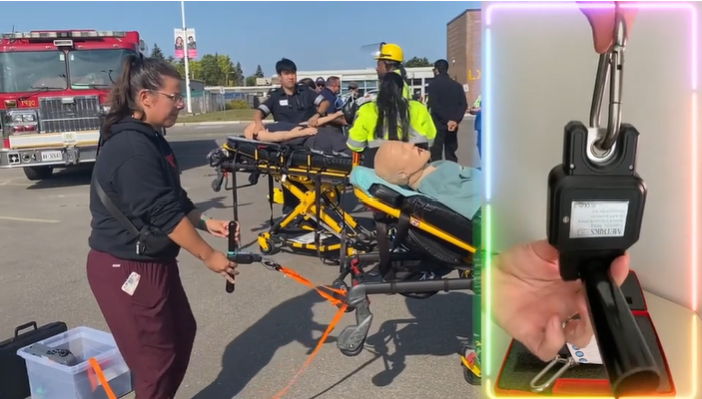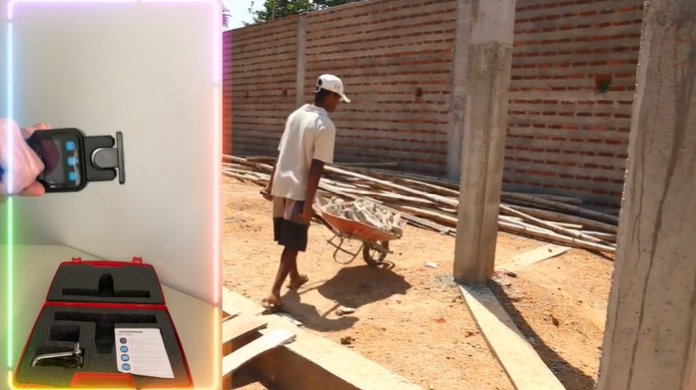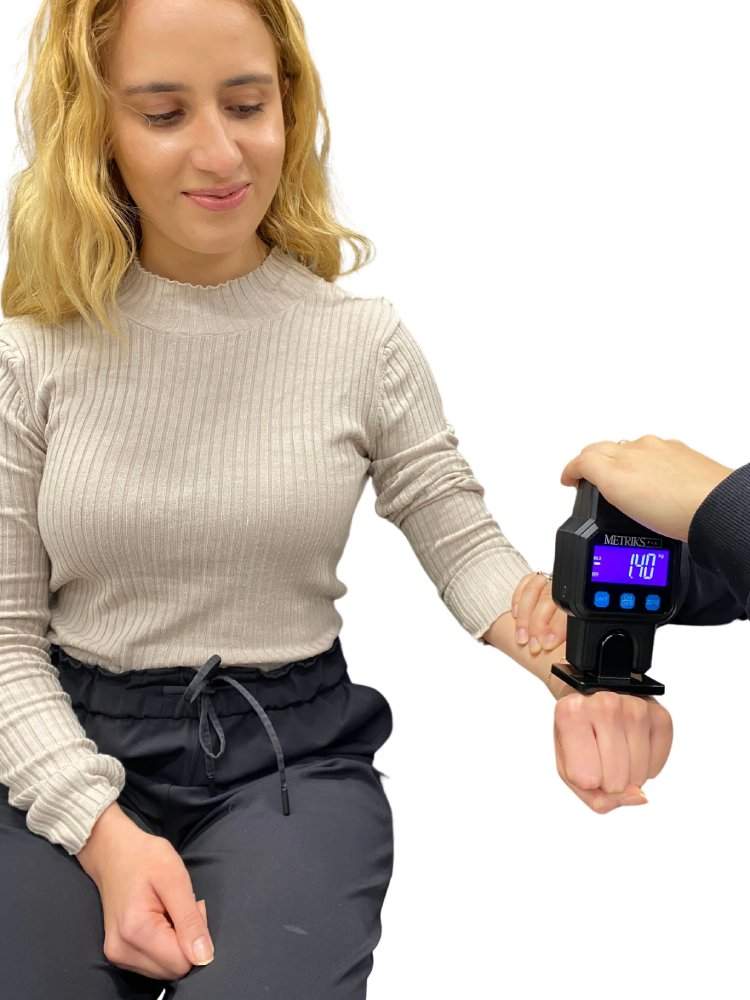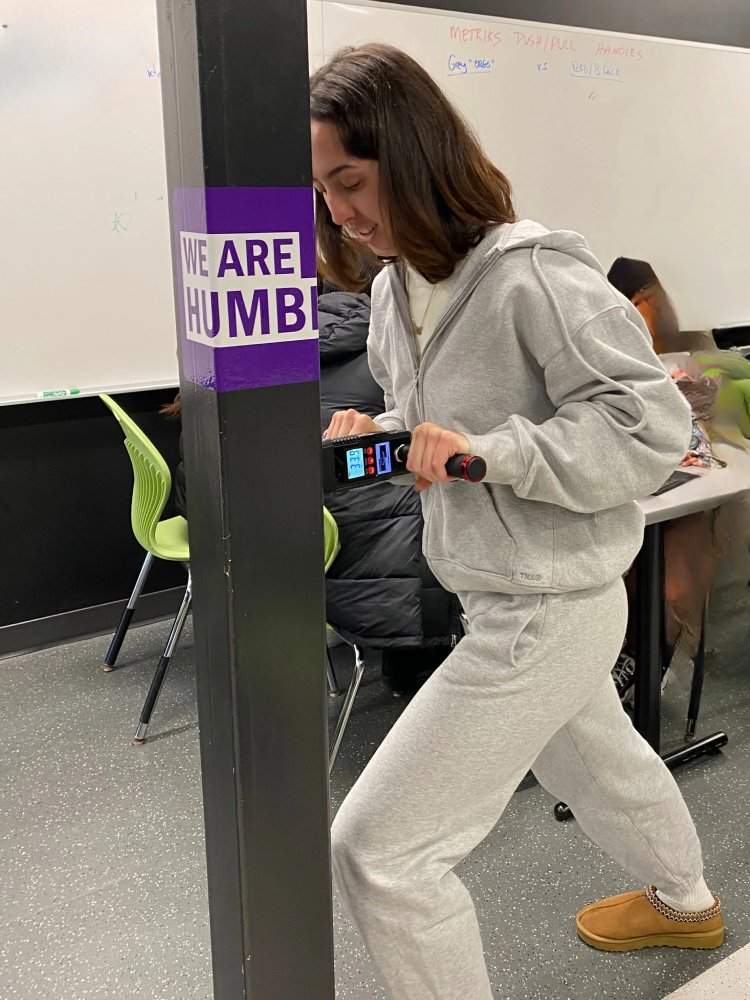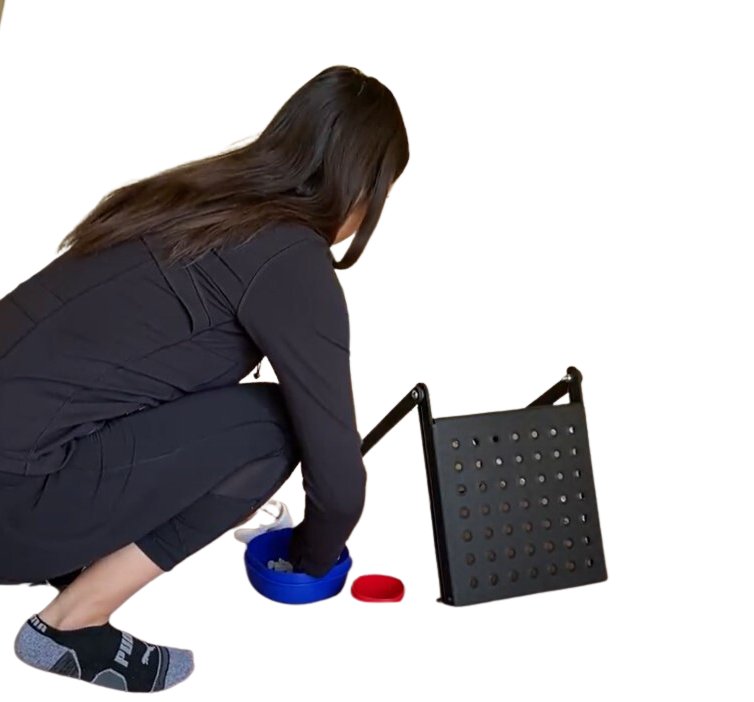Metriks Education Inc.
FCE Certification (13 hours - Online)
FCE Certification (13 hours - Online)
Couldn't load pickup availability
The Metriks Functional Capacity Evaluation (FCE) certification is a comprehensive course on the proper design, administration, and interpretation of FCEs for aspiring Functional Capacity Evaluators. This course will teach the student how to conduct the four major components of an FCE: Intake Interview, clinical records review, physical examination, and content valid functional testing. The content of this material will follow the American Physical Therapy Association’s FCE Best Practices Guideline.
Earn your FCE certification!

I’ve trained thousands —from solo practitioners to clinicians at the nation's largest chains—helping them master FCEs and grow their services.
The Metriks Certified Functional Capacity Evaluator (CFCE) certificate is awarded to students upon completion of FCE certification course.

All the lecture material and how-to videos in the FCE asynchronous course are pre-recorded, allowing you to access the information and course material at your own convenient time.
You can either complete all course hours at once or break it out over a period of time. If you have any questions regarding course material throughout your progression through the FCE Course, feel free to email our support team for assistance.
Returning student? Login to course: https://metriks.thinkific.com/users/sign_in

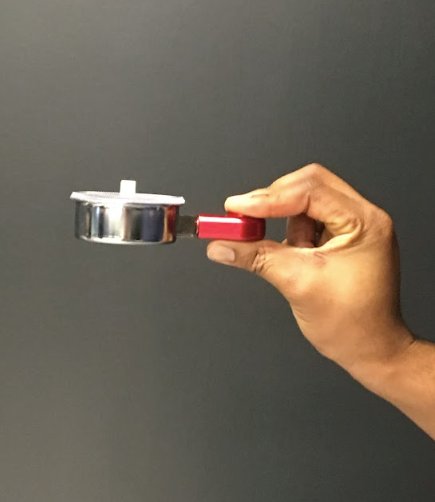
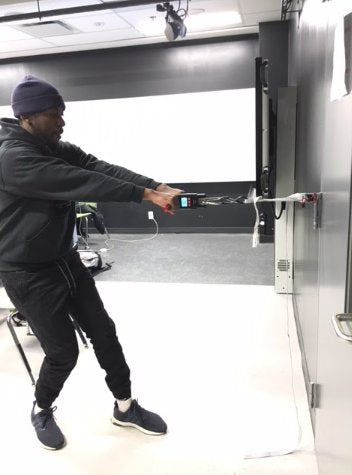

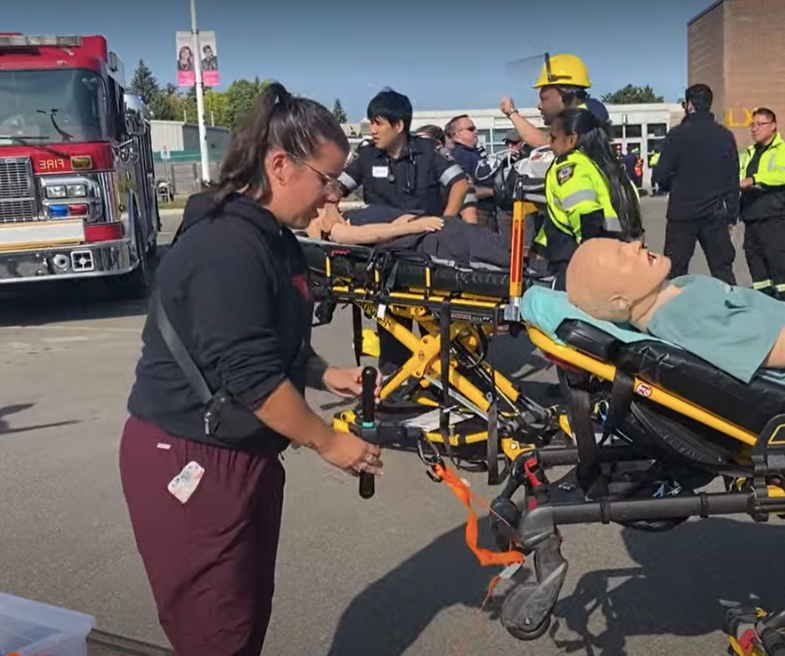
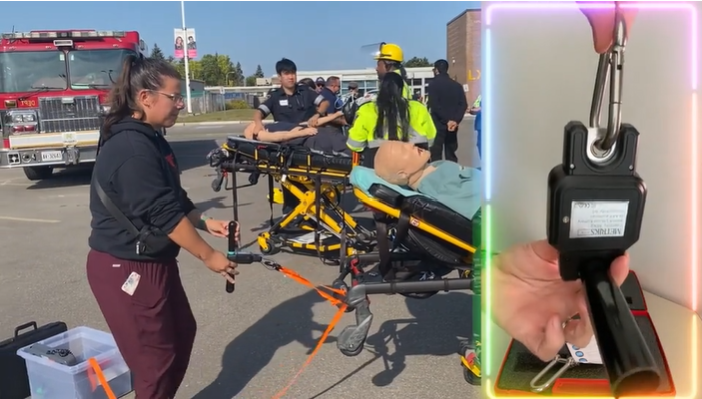
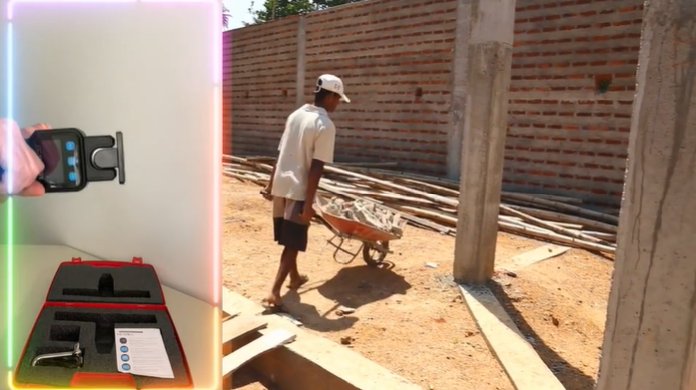
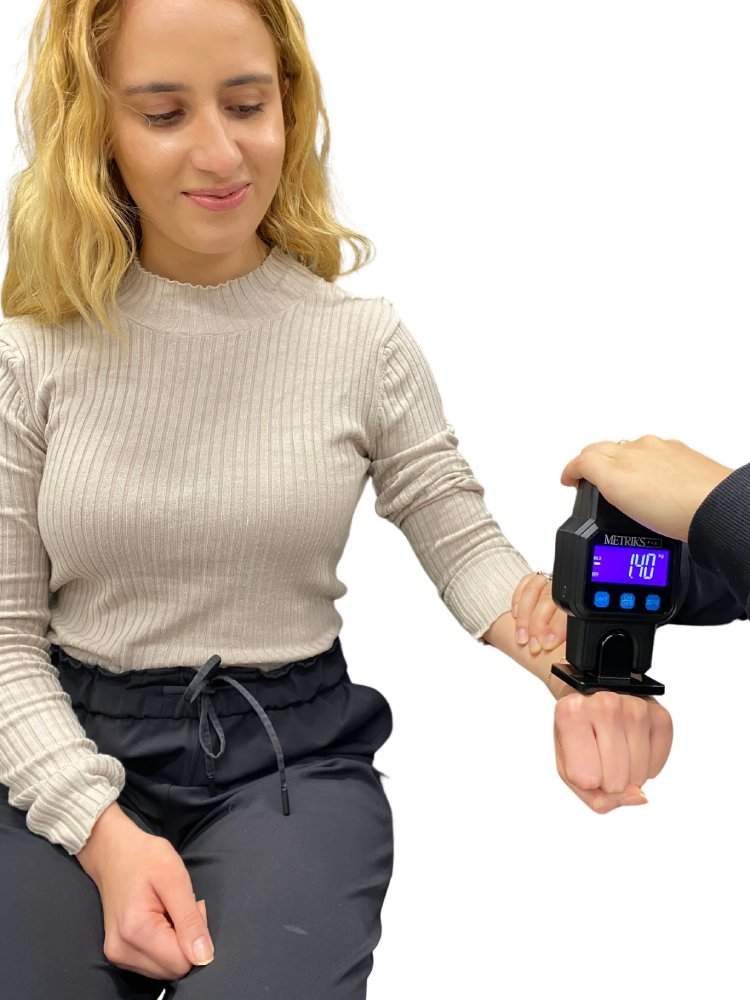

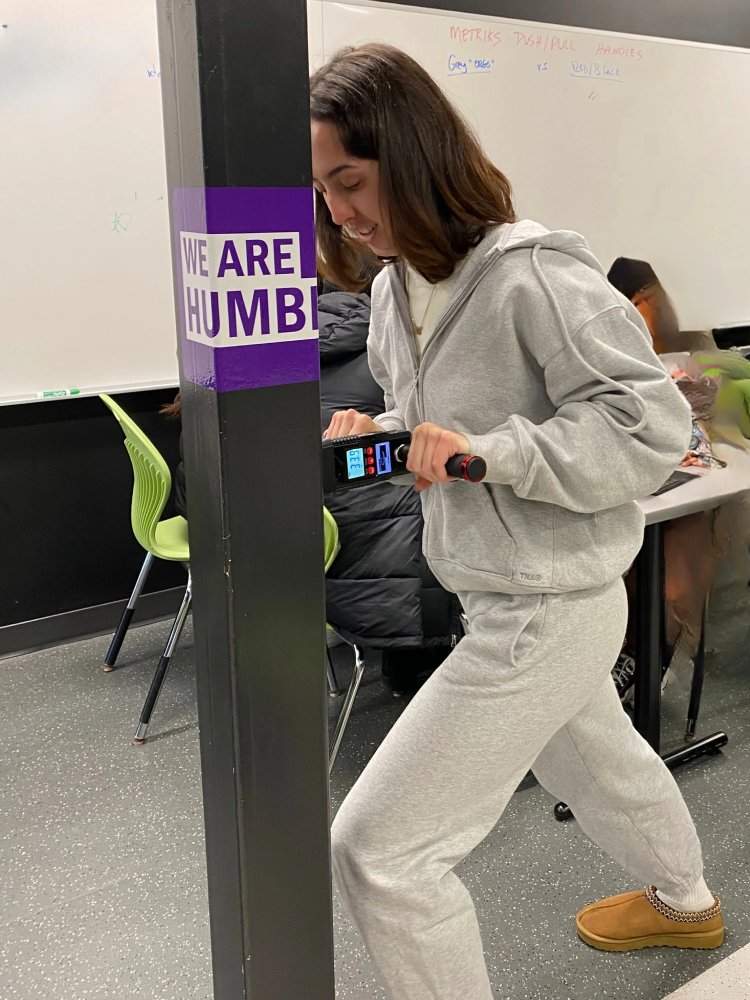

Functional Capacity Evaluation (FCE) Certification
Course Description
This course offers a comprehensive exploration of Functional Capacity Evaluations, bringing together the essential components of Functional Capacity Evaluation (FCE) into unified curriculum
using a asynchronous approach. The FCE is pivotal in evaluating an individual's physical capabilities in the context of specific job requirements.
Throughout this course, students will gain in-depth knowledge and practical skills in the FCE, enabling them to assess an individual's functional capacity and match it with the demands of various job roles. By understanding these two critical aspects, students will develop a holistic understanding of
work assessments, enhancing their readiness for performing assessments for occupational
health, insurers, vocational rehabilitation, and related fields.
Key Topics Covered
Theoretical foundations of Functional Capacity Evaluation (FCE)
Principles of Functional Capacity Evaluation (FCE)
Conducting effective Intake Interviews
Reviewing and interpreting health/employment records for functional information
Comprehensive physical examination techniques related to FCEs
Administering content-valid functional tests
Aligning individual capabilities with job requirements
Ethical considerations in work assessments
Communication of assessment findings to stakeholders
Real-world case studies and practical exercises
Learning outcomes
Upon successful completion of this course,
students will be able to:
1. Understand the Core Concepts:
Demonstrate a comprehensive understanding of the key concepts, principles, and
theories related to Functional Capacity Evaluation (FCE).
2. Conduct Intake Interviews: Effectively
conduct intake interviews with individuals to gather essential information for
work assessments, considering both physical and occupational history.
3. Review and Interpret Medical Records:
Analyze and interpret medical records to assess the relevance of medical
information in the context of work assessments.
4. Perform Comprehensive Physical
Examinations: Demonstrate proficiency in conducting thorough physical
examinations, including musculoskeletal and functional assessments.
5. Administer Functional Tests: Skillfully
administer content-valid functional tests that accurately measure an
individual's physical capabilities and limitations.
6. Match Individual Capabilities with Job
Demands: Evaluate an individual's functional capacity and align it with the
specific physical demands of various job roles and tasks.
7. Apply Ethical Considerations: Apply
ethical guidelines and considerations in the design, administration, and
interpretation of work assessments, ensuring fairness and confidentiality.
8. Effectively Communicate Findings:
Communicate assessment findings and recommendations to relevant stakeholders,
including employers, healthcare professionals, and individuals undergoing
assessments.
9. Analyze Real-World Cases: Analyze and
evaluate real-world case studies and scenarios related to work assessments,
demonstrating problem-solving and critical thinking skills.
10. Create Comprehensive Functional
Capacity Evaluation Reports: Generate detailed and accurate work assessment
reports that document assessment processes, findings, and recommendations in a
clear and concise manner.
11. Adhere to Best Practices: Apply best
practices and industry standards in the field of work assessments, aligning
with the American Physical Therapy Association's FCE Best Practices Guideline
and other relevant guidelines.
These learning outcomes ensure that
students gain a well-rounded understanding of the Functional Capacity
Evaluation, enabling them to perform assessments effectively, ethically, and in
alignment with industry standards and best practices
All learning outcomes in this course are
equivalent to the face-to-face (F2F) version of this course.
Want to Learn More About FCE?
Get started with our online introductory course on Functional Capacity Evaluations.
Thinkific
Introduction to the Functional Capacity Evaluation

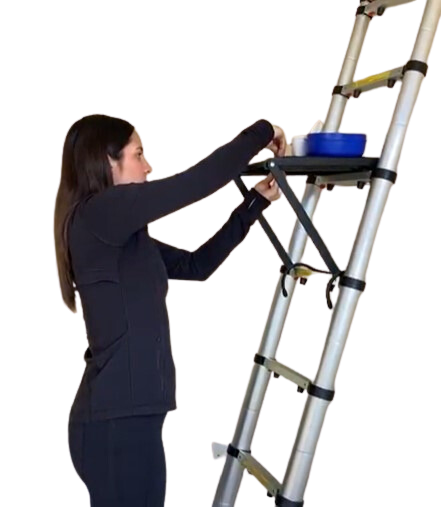

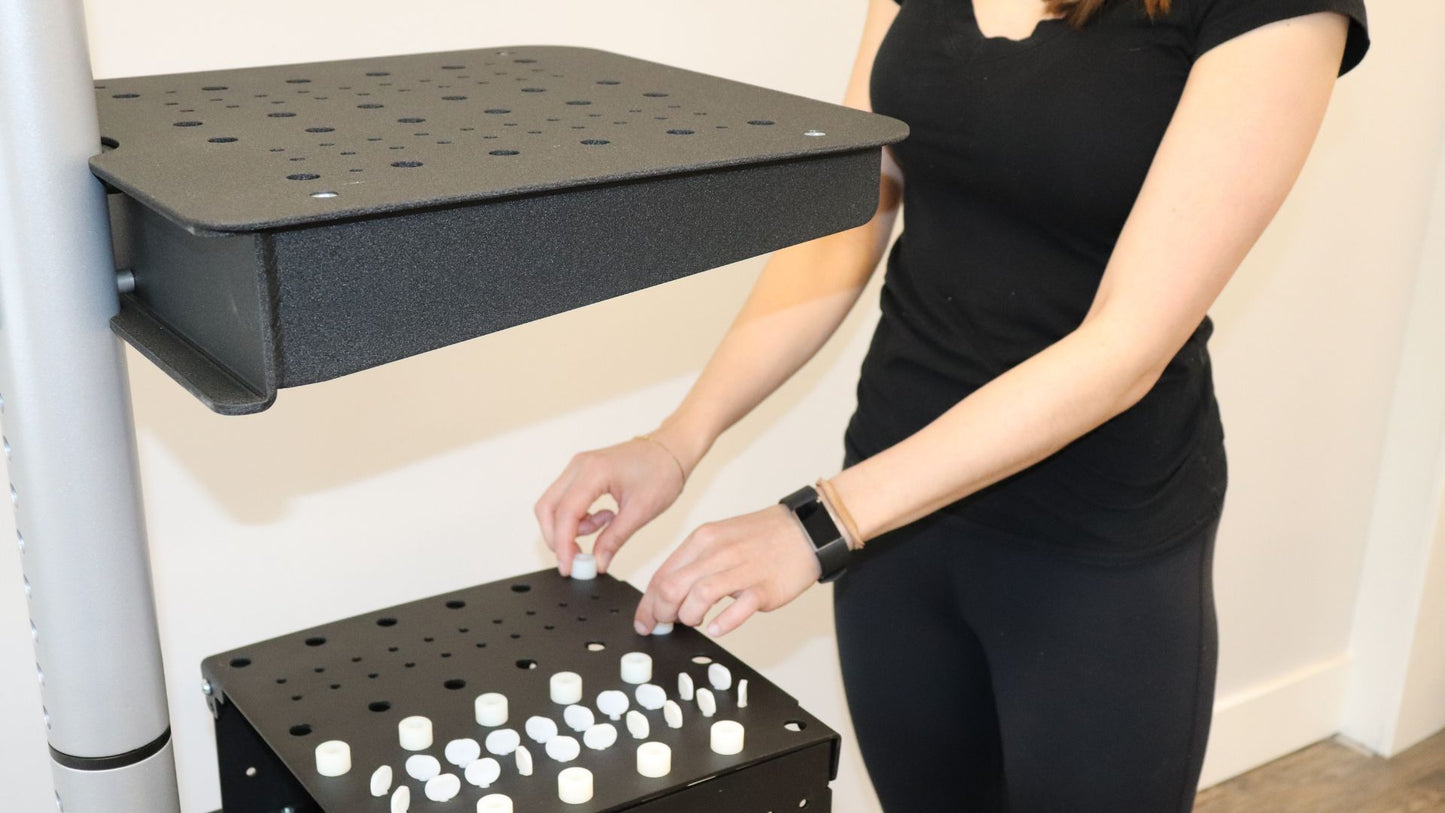
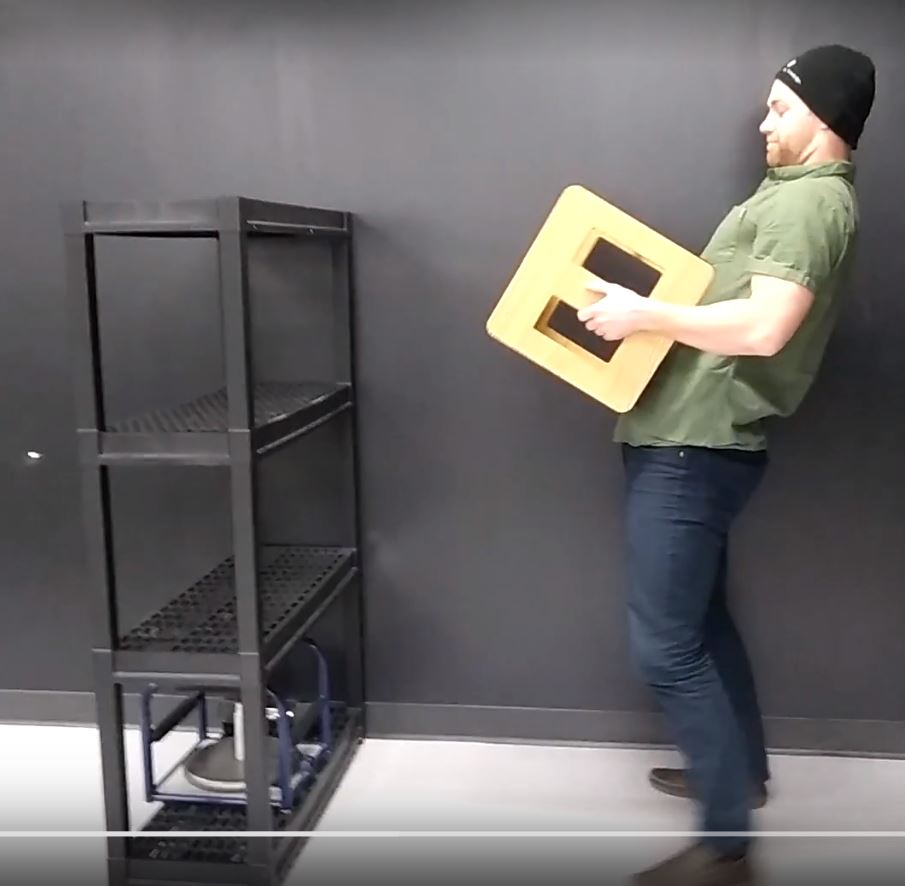
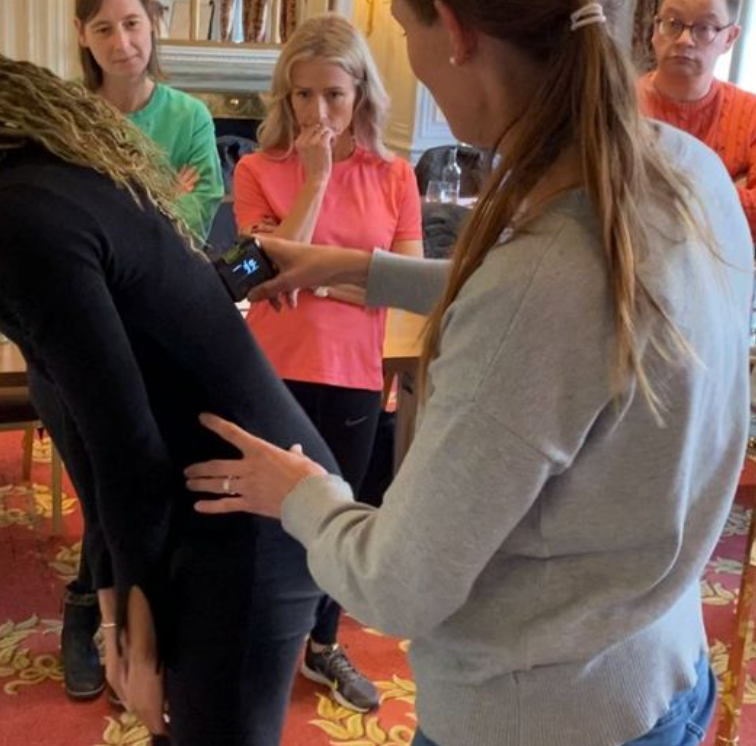
FCE certification Course Format
The asynchronous portion, where students work on online exercises and watch instructional videos on their own time, consists of 159 lessons divided over 9 Chapters.
Minimum Technical Skills Needed
Minimum technical skills are needed in this
course. All work in this course must be completed and submitted online.
Therefore, you must have consistent and reliable access to a computer and the
Internet. The minimum technical skills you have include the ability to:
- Organize and save electronic files;
- Download and upload documents;
- Locate information with a browser; and
- Use Metriks software.
Academic Success
Successful online learners:
- Do not procrastinate;
- Are self-motivated and self-disciplined;
- Have a commitment to learning;
- Have critical thinking and decision-making skills;
- Believe quality learning can take place in an online environment; and
- Have good time management skills.
FCE certification Course Lessons
Chapter 1: Best Practice Guidelines: (2 hours)
- Lesson 1: Welcome
- Lesson 2: What does the referral source want to know?
- Lesson 3: When is the FCE done?
- Lesson 4: Introduction
- Lesson 5: Utilization
- Lesson 6: Stay at work program
- Lesson 7: Examiner
- Lesson 8: Test Administration
- Lesson 9: Test components
- Lesson 10: Post-testing
- Lesson 11: Interpretation
- Lesson 12: Reporting
- Lesson 13: Emerging Trends
- Lesson 14: History of the FCE (bonus)
- Lesson 15: When to Perform an FCE (bonus)
- Lesson 16: Return to Work FCE (bonus)
- Chapter Quiz
Chapter 2: Intake Interview (4 hours)
- Intake Interview
- Intake Interview Continued
- Lesson 1: Background
- Lesson 2: Sitting Tolerance
- Lesson 3: Intake Documents
- Lesson 4: Pain Disability Index
- Lesson 5: QuickDASH Questionnaire
- Lesson 6: Owestry Back Pain Index
- Lesson 7: McGill Pain Questionnaire
- Lesson 8: Dallas Pain Questionnaire
- Lesson 9: Patient Health Questionnaire
- Lesson 10: CIEG- Chr Scale
- Lesson 11: FFQ-Chr Scale
- Lesson 12: Activity Rating Chart
- Lesson 13: Visual Analogue Scale
- Lesson 14: Headache Disability Index
- Lesson 15: LEFS
- Lesson 16: UEFI
- Lesson 17: Mental Health Inventory
- Lesson 18: Pittsburgh Sleep Quality Index
- Lesson 19: Brief Pain Inventory
- Lesson 20: Neck Disability Index
- Lesson 21: Roland-Morris Low Back Pain Questionnaire
- Lesson 22: Hospital Anxiety and Depression Scale
- Sample Patient - Intake Documents
- Greeting a Patient & Signing Documents -Intake Interview
- Sample Patient - Intake Interview
- Assignment #1 - Intake Interview
- Assignment #2 - Intake Documents
Chapter 3: Impairment Testing (3 hours)
- Introduction to equipment, neck & shoulder range of motion
- Neck & shoulder Range of Motion Software Input
- Spine Range of Motion & Grip Strength
- Neck, Wrist & Lower Extremity Range of Motion
- Lesson 1: Overview
- Lesson 2: Background
- Lesson 3: Cervical
- Lesson 4: Thoracic
- Lesson 5: Lumbar
- Lumbar Spine - Range of Motion
- Lesson 6: Shoulder
- Lesson 7: Elbow
- Lesson 8: Wrist
- Lesson 9: Hip
- Lesson 10: Knee
- Lesson 11: Ankle
- Sample Patient - Range Of Motion (Visual)
- Sample Patient - Range of Motion (Wrist)
Chapter 4: Effort testing (3 hours)
- Introduction: Video of slide deck
- (Optional) Review introduction slides
- Software Input & Pinch Grip
- Pinch Grip: Video of slide deck
- (Optional) Review pinch grip slides
- Pinch Grip Test - Effort Testing V.1
- Sample Patient - Pinch Grip: Key Position
- Sample Patient - Pinch Grip: Tip Position
- Sample Patient - Pinch Grip: Palmer Position
- 5-Span Hand Grip: Video of slide deck
- (Optional) Review 5-Span hand grip slides
- 5 Span Grip Test - Effort Testing
- Sample Patient - Hand Strength
- Rapid Exchange Grip Test (REG): Video of slide deck
- Sample Patient - Hand Grip: Rapid Exchange
- Rapid Exchange Grip Test - Effort Testing
- Effort Summary - Effert Testing 1
- Sample Patient - Isometric Floor Lift 1
- Sample Patient - Isometric Floor Lift 2
- Guide to FCE effort testing lecture notes
Chapter 5: Non-Material Handling (3 hours)
- Crawling, walking & climbing
- Reaching (Using Pegs)
- Reaching (Using crate)
- Lesson 1: Background
- Lesson 2: Working Criteria
- Lesson 3: Length/Guidelines
- Lesson 4: Measurements
- Lesson 5: Test Scores
- Lesson 6: Mobility
- Walking - Non-material Handling
- Sample Patient - Walk 1
- Sample Patient - Walk 2
- Crawling - Non-Material Handling
- Stairs - Non-Material Handling V.1.
- Ladder Climb - Non-Material Handling
- Balance - Non-Material Handling
- Sample Patient - Berg Balance: Standing Unsupported
- Lesson 7: Reach Up
- Reach Up - Non-Material Handling
- Sample Patient - Overhead Reach: Left
- Sample Patient - Overhead Reach: Right
- Sample Patient - Sustained Overhead Reach
- Lesson 8: Reach Out
- Forward Reaching - Non-Material Handling
- Sample Patient - Shoulder Reaching: Right
- Sample Patient - Shoulder Reaching: Left
- Lesson 9: Handling and Fingering
- Handling & Fine Dexterity - Non-Material Handling
- Sample Patient - Waist Reach: Left
- Sample Patient - Waist Reach: Right
- Lesson 11: Crouch/Squat
- Squat/Crouch - Non-Material Handling
- Sample Patient - Repeated Crouching
- Sample Patient - Short Sustained Crouching
- Lesson 12: Kneel
- Kneeling - Non-Material Handling
- Sample Patient - Repeated Kneeling: Left Knee Down
- Sample Patient - Repeated Kneeling: Right Knee Down
- Lesson 10: Bend/Stoop
- Bending - Non-Material Handling
- Sample Patient - Repeated Bending
Chapter 6: Material Handling (3 hours)
- Lesson 1: Background
- Lesson 2: Process (1)
- Lesson 2: Process (2)
- Lesson 3: Occasional/ Frequent Lifting
- Lesson 4: Ending the Test
- Lesson 5: Documentation
- Lesson 6: Floor to Waist
- Sample Patient - Heart Rate Measure
- Sample Patient - Floor To Waist Lift
- Lesson 7: Floor to Shoulder
- Lesson 8: Waist to Shoulder
- Lesson 9: Waist to Overhead
- Double-Handed Carry Test - Material Handling
- Single-Handed Carry Test - Material Handling
- Lesson 10: Software
- Sample Patient - Isometric floor lift demo
- Sample Patient - Isometric Floor lift
- Sample Patient - Pull: No Body Weight
- Sample Patient - Pull
Chapter 7: Readings
- Indications for an FCE
- FCE Best Practice Guideline - American OT&PT Association
- FCE course manual
- Sample Disability
- Sample Workers Comp FCE
- Sample USA FCE 30
- Sample Work Comp FCE 3.1
- Sample FCE 31
- Metriks sample FCE #2
- Sample Med-Legal FCE
- Sample PA FCE
- Sample RTW FCE 2017


